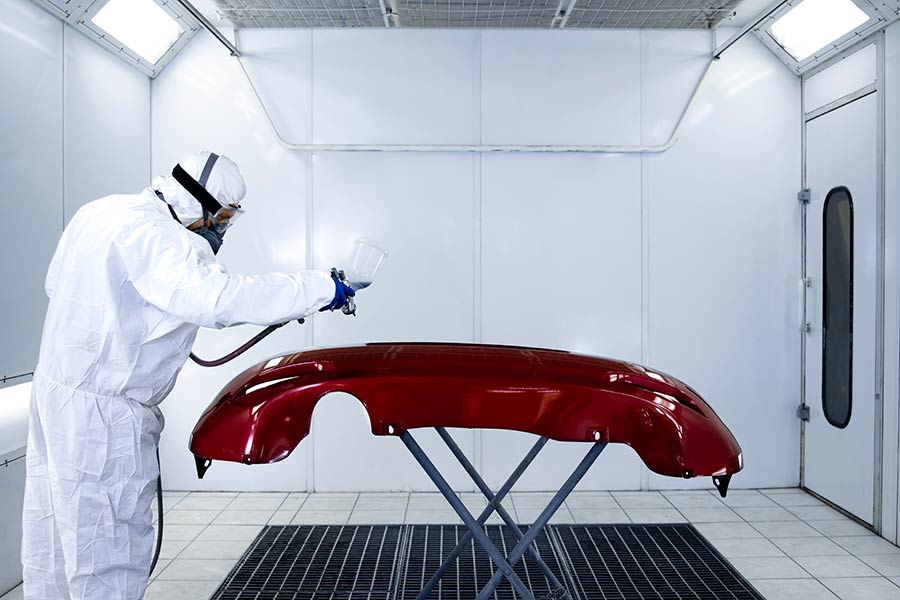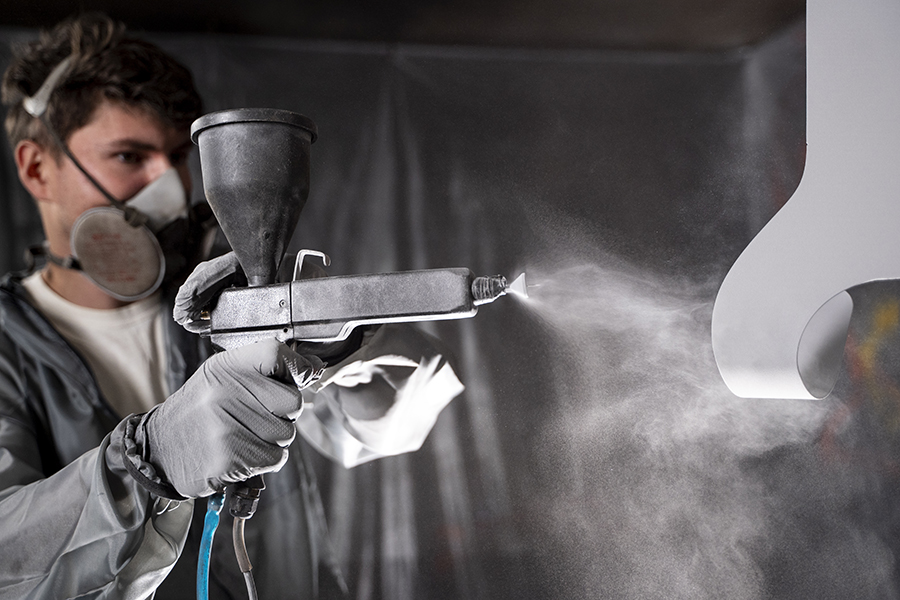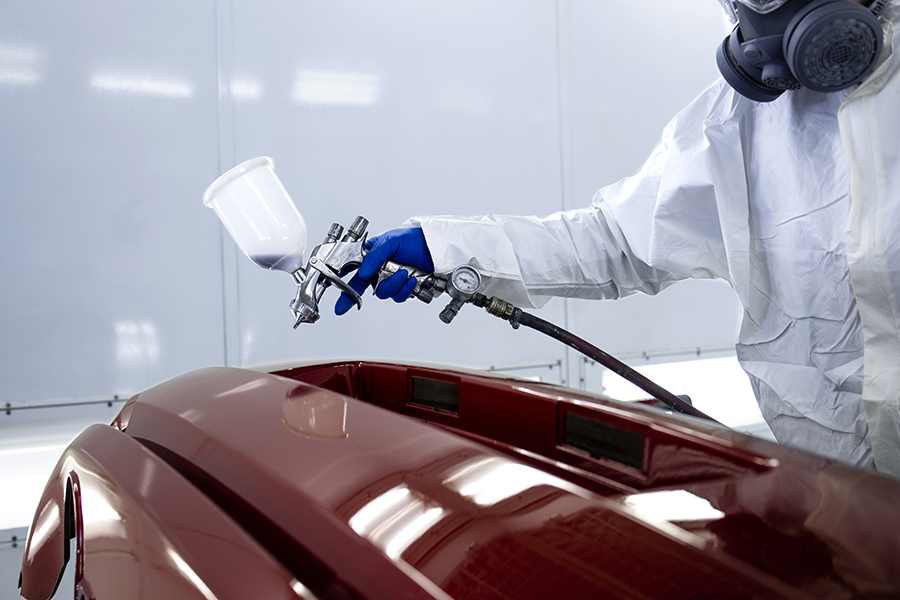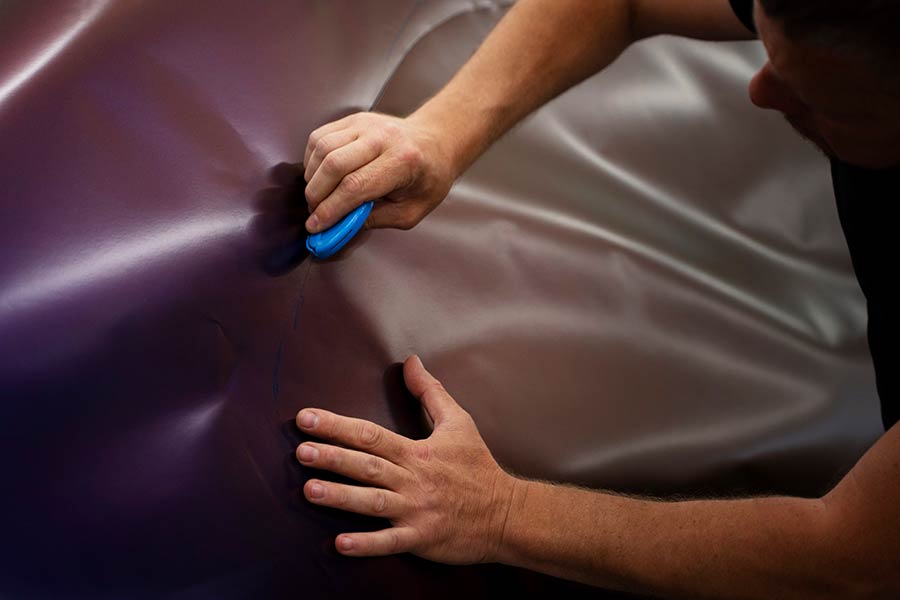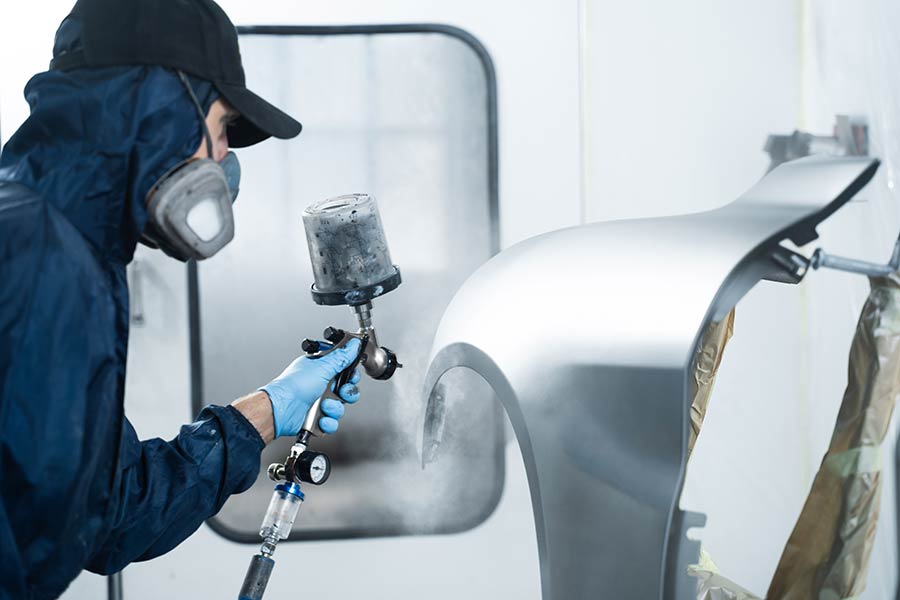Ever wondered why some cars turn heads with their flawless finish? It all boils down to high-quality auto body paint. In a world where first impressions are everything, the shine and color of your vehicle speak volumes before you even hit the gas. But it's not just about looking good; it's about durability and protection against the elements. We're diving into the secrets behind top-notch auto body paint, from selecting the right hues to understanding what makes a paint job stand head and shoulders above the rest. Let’s peel back the layers on this colorful topic.
Key Takeaways
-
High-quality auto body paint is key for both the look and value of your car. It's worth investing in the best you can afford.
-
There are different types of auto paint. Know what you need before you buy or apply.
-
Selecting the right paint involves considering your car's make, model, and your personal preferences. Not all paints are the same.
-
Using high-quality paint can protect your car's surface, make it look new longer, and increase its resale value.
-
Proper prep work before painting is as important as the paint quality. Clean and sand your car's body for the best results.
-
Follow best practices for applying paint and maintaining it to ensure it lasts. This includes choosing the right tools and techniques for application and regular cleaning and waxing.
Paint Quality Importance
Durability Significance
High-quality auto body paint offers more than just a vibrant color. It acts as a shield against the elements. This durable layer protects your car from harsh weather and minor scratches. By choosing top-notch paint, you save money in the long run. You won't need to repaint your car often.
Durability also keeps your car looking new for years. This is crucial for maintaining its resale value. A well-maintained appearance can significantly increase what buyers are willing to pay.
Gloss Retention
One of the first things people notice about a car is its shine. High-quality paint keeps its gloss longer than cheaper options. This means your vehicle will continue to look great without needing frequent touch-ups.
The gloss does more than make the car look good; it's a sign of well-kept paint. Frequent repainting becomes unnecessary when you start with quality materials.
Environmental Impact
Today, there's a shift towards using water-based paints in auto body work. These paints are less harmful to the environment than traditional solvent-based paints. They emit fewer toxic chemicals into the air.
Using high-quality, eco-friendly paint reduces harmful emissions. Plus, low VOC paints are better for both our health and the planet's well-being. Choosing these paints shows a commitment to protecting the environment while keeping our cars looking their best.
Types of Auto Paint
Acrylic Overview
Acrylic paint stands out for its durability and resistance to UV rays. It dries quickly, making it a convenient choice for car painting projects. This type of paint works well as both a base coat and a topcoat, offering versatility.
Urethane Features
Urethane paint is known for its resistance to chipping and chemicals. Its flexibility makes it perfect for different weather conditions. Cars painted with urethane boast a long-lasting finish and excellent gloss retention.
Enamel Characteristics
Enamel paint provides a hard, glossy finish that many car owners love. It's more affordable, which is great for those on a budget. The slower drying time of enamel allows for a smoother application and finish.
Metallic Properties
Metallic paint adds depth and shine, enhancing the vehicle's look. However, its beauty comes with complexity in repairs due to reflective particles. This type of paint requires careful handling to maintain its aesthetic appeal.
Selecting Right Paint
Climate Considerations
Choosing the right auto body paint means thinking about where you live. In places with extreme heat or cold, not all paints will do well. They might crack or fade faster. Paints made for your climate protect your car longer. This means less worry and cost over time.
e paints are better at handling the sun's harsh rays or salty air near the ocean. It’s smart to pick these if you live in such areas. They keep your car looking new for years.
Vehicle Usage
How often and where you drive also matters when picking paint. Cars used daily or for off-road adventures need tough paint. This kind keeps its shine even when facing mud, rain, or snow often.
If your car is more for show than daily use, you might choose differently. But remember, high-quality paint cuts down on touch-ups and repairs no matter how you use your car.
Aesthetic Goals
The right paint does more than protect; it shows off your car's style. The color and finish can make a big difference in looks. Whether shiny, matte, or metallic, it should match what you like.
Your choice says a lot about your taste and can even affect how much you enjoy driving. So, take your time to find the perfect one.
Benefits of High-Quality Paint
Longevity Boost
Premium paints do wonders for a car's lifespan. They come packed with advanced technologies that fend off fading and oxidation. This means your car keeps its vibrant color for years, looking as good as new. A protective topcoat plays a crucial role here. It seals the deal by adding an extra layer of durability. This combination ensures your vehicle withstands the test of time.
Enhanced Appearance
The moment high-quality paint touches the auto body, the difference is clear. The depth and clarity of the color breathe life into the vehicle, making it stand out. Such paints offer a factory finish, tricking eyes into thinking it just rolled off the production line. It's not just about looking good; it's about feeling pride in your ride.
Protection Value
Think of paint as your car's shield. It guards against rust and corrosion, which can eat away at the body over time. Environmental damage doesn't stand a chance either. High-quality paint acts as a barrier, keeping harmful elements at bay. Plus, it offers added resistance against scratches and dents, keeping your vehicle safe from everyday wear and tear.
Preparing for Paint Application
Surface Preparation
Before applying high-quality auto body paint, thorough surface cleaning is crucial. Dirt, grease, and wax must go first. They prevent paint from sticking well. Next comes removing old paint and rust. This step is vital for optimal adhesion.
Proper preparation ensures the paint sticks better and lasts longer. It also makes the vehicle look like new. Skipping this can lead to peeling or chipping later on.
Color Matching Importance
Matching new paint with the existing color is a big challenge. But it's essential for a uniform look of the vehicle. Thanks to modern technology, precise color matching is now possible.
This process involves using specialized tools to find the exact color code of your car's paint. It ensures that the new paint blends seamlessly with the old one, maintaining a consistent appearance across your vehicle.
Application Techniques
Professional Tips
Layering Methods
Proper layering is crucial for a high-quality auto body paint job. It starts with applying a base coat, which ensures that the color layers stick well and look vibrant. Next come the color layers, which give the vehicle its hue. Finally, a topcoat is applied to protect against scratches and UV rays.
Each layer plays a role in creating depth and accuracy in the paint's appearance. The durability of the paint job heavily relies on how well these layers are applied.
Spraying Techniques
For an even and smooth finish, professional spraying techniques are essential. HVLP guns are preferred by experts because they use less paint and reduce waste. This method also helps in achieving an even coverage without heavy spots or drips.
The way a painter handles the spray gun affects the texture and final look of the paint. A skilled hand can make all the difference in achieving a flawless finish.
Maintenance Advice
Regular Cleaning
Keeping your car's paint in top shape starts with regular cleaning. It's not just about making your car look good. It helps maintain the paint quality too. Use a pH-neutral cleaner to avoid harming the paint. This kind of cleaner is gentle yet effective.
Cleaning your car often removes harmful substances. Things like bird droppings and tree sap can damage the paint if left too long. By washing your car regularly, you prevent these from building up and causing harm.
Scratch Repair
When your car gets a scratch, it's more than a cosmetic issue. Scratches can lead to rust if they're not dealt with quickly. To keep your paint looking its best, address scratches as soon as possible.
For minor scratches, there are simple repair methods that can help maintain the integrity of the paint. Using touch-up paint is a quick fix that can make a big difference. It helps protect the exposed area from further damage.
Waxing Frequency
To give your car's paint an extra layer of protection, stick to a regular waxing schedule. Waxing does more than just make your car shine. It adds a protective barrier against UV rays, which can fade and damage the paint over time.
Waxing also enhances the gloss and appearance of your car's paint. For best results, experts recommend waxing your car every three months. This keeps the finish looking fresh and well-protected.
Budget and Experience
Painting Budget Planning
The cost of a high-quality paint job can vary greatly. Factors like the size of your car and the type of paint used play big roles. High-quality paints last longer, saving you money over time. They resist weather and scratches better than cheaper options.
Labor and material costs are key parts of your budget. A skilled painter's work might cost more upfront but pays off in durability and appearance. It's important to factor these into your planning to avoid surprises.
DIY vs Professional Benefits
Professional painters bring precision to the table. Their experience means flawless finishes and colors that match perfectly. They know how to handle complex patterns and textures, ensuring top-notch results.
DIY painting can save money if done right. It also offers a sense of accomplishment. However, it comes with risks. Mistakes can lead to uneven coatings or colors that don't match. These errors can be costly to fix.
Professionals offer reliability that DIY efforts can't match. They have the tools and knowledge to tackle any challenge, delivering consistent quality every time.
Final Remarks
Choosing the right auto body paint isn't just about making your ride look good; it’s about giving it a shield against the elements and the wear and tear of the road. You've seen the difference high-quality paint can make, from durability to dazzling finishes, and how proper application and maintenance can extend its life. It's clear that investing in top-notch paint pays off in spades, not just in looks but in longevity and protection.
Now's the time to take the plunge. Don't settle for second best; your car deserves the premium treatment. With all you've learned about selecting, applying, and maintaining auto body paint, you're more than ready to make an informed decision that will keep your vehicle looking sharp for years to come. So, grab that paintbrush (or rather, let the professionals do it) and transform your car into a masterpiece on wheels!
Frequently Asked Questions
Why is paint quality important for my car?
High-quality paint not only makes your car look fabulous but also protects it from the elements. It's like sunscreen for your vehicle, shielding it from UV rays and rust.
What types of auto paint are there?
There are mainly three: enamel, urethane, and acrylic. Think of them as different flavors of ice cream; each has its own perks and best use scenarios.
How do I select the right paint for my car?
Consider the car's make, model, and how you use it. It's like picking out shoes for an outfit—you want something that fits well and looks great.
What are the benefits of using high-quality paint?
Using high-quality paint is like investing in a good mattress; it pays off in comfort, durability, and satisfaction over time. Plus, it maintains your car’s value better.
How should I prepare my car for painting?
Preparation is key. Clean it thoroughly to remove any dirt or grease—think of it as prepping a canvas before painting a masterpiece.
Can you share some effective application techniques?
Use even strokes and maintain a consistent distance from the surface. Imagine you're watering plants with a hose; uniform coverage gets the best results.
Any maintenance advice post-painting?
Keep it clean and wax regularly. It's like caring for a pet—you've got to keep up with grooming to keep them looking their best.
Does budget affect the quality of paint I can get?
Yes, but think of it as buying coffee. Even on a budget, you can find great options if you know where to look and what to prioritize.
